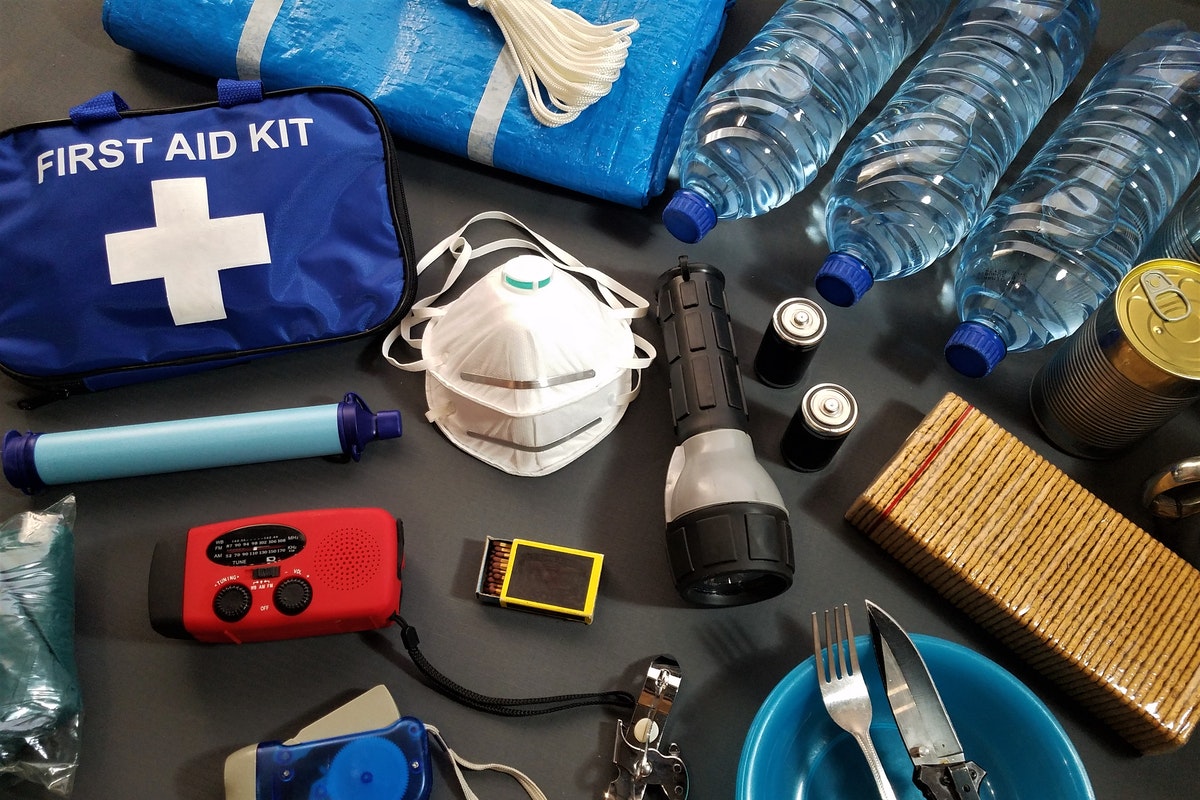Ensuring safety in the workplace has always been a priority for business owners. But over time, the way companies approach this area has changed significantly. From the development of new regulations to advances in technology, modern safety practices have come a long way from traditional ones. Take a closer look at how traditional and contemporary safety practices differ.
Security Systems
In the past, most businesses relied on manual security systems, such as guards or lock-and-key systems. These systems effectively kept intruders out, but they had limitations. They required manual monitoring and were prone to human errors or oversights.
Today, businesses use automated security systems with features such as motion detectors, video cameras, and keypad entry systems. These systems provide excellent coverage and can detect potential threats much faster than manual security systems.
Aside from that, newer versions of automated systems often come with remote access, allowing business owners to monitor the premises from afar. This way, they can stay alert at all times and respond to any issues quickly.

Emergency Protocols
Reactive emergency protocols were the norm in the past. When an emergency happened, business owners had to manually assess the situation and determine what needed to be done. This process was often time-consuming and could lead to delays in reacting to the situation.
Nowadays, many businesses are turning to proactive emergency protocols. Companies use fire drills, safety training, and emergency response plans to prepare for potential incidents. This proactive approach allows them to respond swiftly and efficiently in the event of an emergency.
When employees are aware of the protocols and have practiced them beforehand, they can react with confidence and stay calm even in difficult situations. As a result, the chances of a successful outcome increase significantly.
Safety Inspections
Safety inspectors were once an integral part of the business landscape. When they conducted their inspections, they would look for any potential hazards and make sure companies were following regulations.
However, manual inspections can be unreliable and time-consuming. With the advent of analytics tools and software, businesses can monitor their safety systems more effectively. This way, they can identify potential problems before they become serious and address them quickly to prevent further accidents.
Aside from that, new devices are helping accommodate complex safety protocols. For instance, drones can help survey large areas in less time and with greater accuracy. Comparing manual vs. drone roof inspection, the latter can often be completed in days instead of weeks. Thus, businesses can save time and money while staying compliant with safety regulations.
Alerts and Notifications
Traditionally, businesses relied on verbal warnings or other manual methods to alert employees of safety hazards. However, these methods can be unreliable and don’t always reach the intended recipients.
Today, businesses can use automated alert systems to notify personnel of any potential danger. These systems can be programmed with specific instructions, such as when and how to send an alert. Additionally, they can be set up to reach multiple people at once, ensuring that everyone receives the message quickly and accurately.
Many applications and devices also come with built-in alert systems. For example, employees can wear wristbands containing sensors to detect dangerous noise levels or chemicals. When the sensors detect a hazard, they can instantly notify personnel via text message or other methods.
These automated alert systems can help businesses respond to dangerous situations faster and more efficiently. With it, they can ensure the safety of their employees and customers even in the most challenging circumstances.

Wearable Technology
Although it was once the stuff of science fiction, wearable technology has become an integral part of many businesses’ safety protocols. By equipping employees with devices such as smartwatches, glasses, and head-mounted displays, businesses can monitor their activities in real time.
This allows them to keep an eye on personnel and respond immediately to any potential danger. For example, wearable devices can detect fatigue or other signs of trouble, allowing businesses to intervene before an accident occurs.
The data gathered from wearables can also be used to improve safety protocols and training. By analyzing the data, businesses can identify potential risks and adjust their safety protocols. Thus, they can be sure that their efforts are effective and that employees are safe at all times.
Modern safety practices are changing the way businesses operate. Many new tools and technologies can help organizations comply with safety regulations while keeping employees and customers safe. The above technologies are only a few examples of the many tools available to businesses. With these, businesses can ensure that their safety protocols are up-to-date and effective. As a result, they can create a safer and more secure work environment for everyone.
